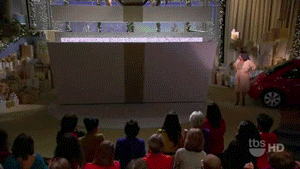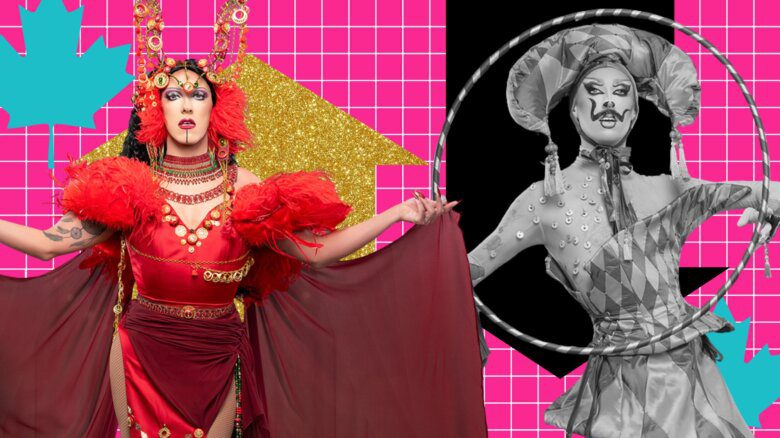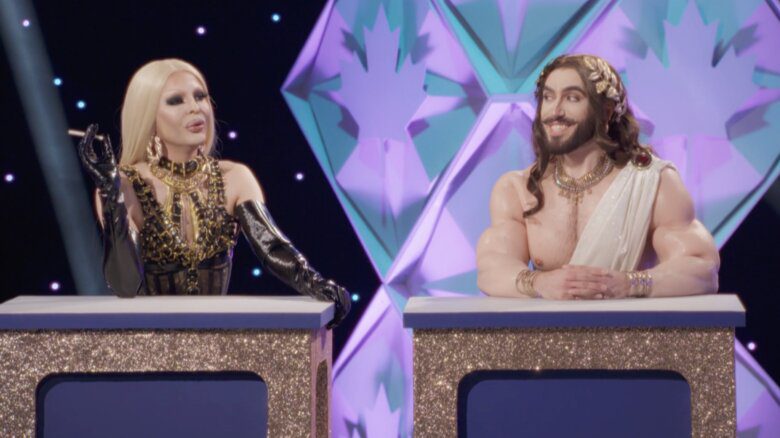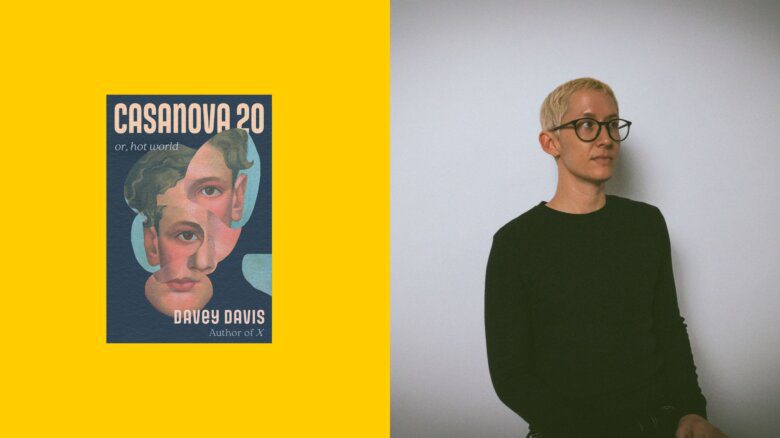Oprah: 1986–2011. Pour a little of your Moscow Mule out on the sidewalk, folks, for it’s the end of an era.

But not really. Who the fuck are we kidding? She has her own magazine, her own network, her own website… there is literally no medium where Oprah can’t share her precious guidance.
To be honest, I don’t have much of an opinion on Oprah, which is especially hard when everyone either thinks she’s the black-woman Jesus or the beast with 10 horns and seven heads. I’ve seen a couple episodes of her show, and while I found them interesting, I never really have understood the breathless zeal some people have for her.
But you know what? I appreciate Oprah. Sure, she’s responsible for more fake, useless doctors than a counterfeit PhD ring and partially to blame for Tom Cruise’s slow descent from hunky short guy to crazy bridge troll (apparently, she refused to answer his riddles three. Thanks a lot), but she also covered gay issues back when being gay was still taboo. During the height of the AIDS panic in the ’80s, she even confronted an entire town for being willfully ignorant and intolerant of a man living with HIV.
And she got people to read. Actually fucking read! And not just those shitty, sparkly, vampire novels, but well-written books! Say what you will about the woman, but anyone who’s convinced millions of housewives to read Middlesex can’t be all that bad.
 Why you can trust Xtra
Why you can trust Xtra


